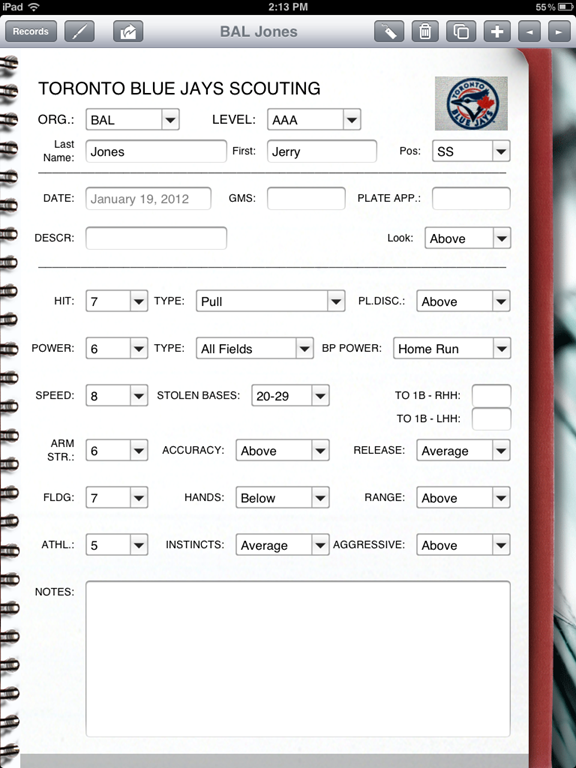Pay attention to your first at-bat
May 21, 2013 by Coach McCreary
Filed under Hitting
Today’s tip is generally not needed at the lower levels. It is more for players at the college and pro levels where there tends to be more scouting of other teams involved. A while back I did an interview with a guy named Steve Springer. If you have not listened to Steve before, you are missing a gem of a person and coach. Click HERE for my interview
with him. It’s worth the time.
One of the sayings Steve has for higher level batters is “sit on a pitch you are likely to get instead of the pitch you want.” I’ll explain in more detail what that means in a future post. The question I’ll address today is “How do I know what pitch I’m going to get?” This is where the first at-bat comes into play.
At the higher levels, teams (or at least the pitching staff and catchers) usually will have a meeting prior to the start of a series with a team. The purpose is to go over the opposing team’s hitters and form a game plan for each one. They will discuss who their top hitters are. Which ones are first pitch fastball hitters. Who has a slow bat. Who bunts and who can run. All that and more are discussed and planned for. If you are a hitter at that level, you can guarantee the other team has some intelligence about your strengths and weaknesses before you even step up to the plate.
Knowing this, intelligent hitters will play close attention to what goes on during their first at-bat of a series. The pitches you get in that at-bat along with where the defense is playing will speak volumes about what they know about you and how they plan to get you out. If you get a few hard fastballs inside, they probably think your bat is slow. If you get sliders in the dirt, they think you chase them. If the defense shades you to the opposite field, chances are you’re going to get more pitches on the outer half so you can hit it to where they are playing. With this knowledge, batters can better predict what they are going to get in certain situations.
Let’s say a hitter comes up later in the game with two outs and a runner on second. The count is 1-2. The pitcher is going for the out on this pitch and doesn’t want the run to score. If the pitcher tipped off in your first at-bat that the game plan for you is sliders, guess what is coming now. A slider.
Of course, there is danger in this is you guess wrong. However, the more intelligent, experienced hitters who pay attention usually are right more often.
It all starts with paying attention to your first at-bat.






Leave a Reply